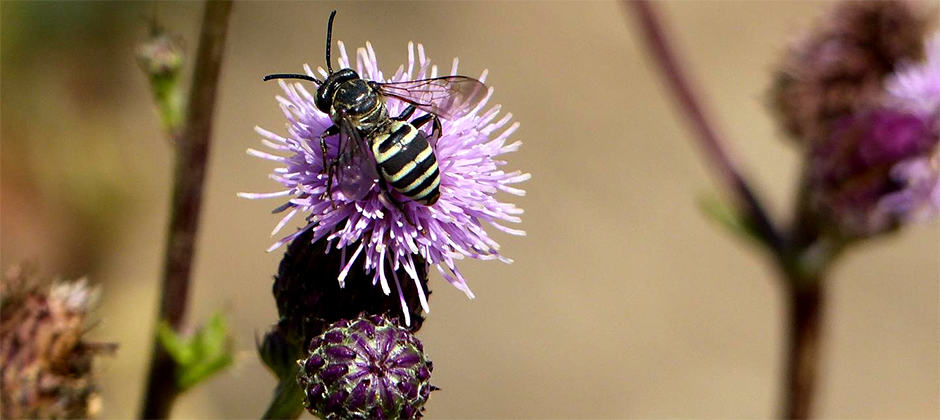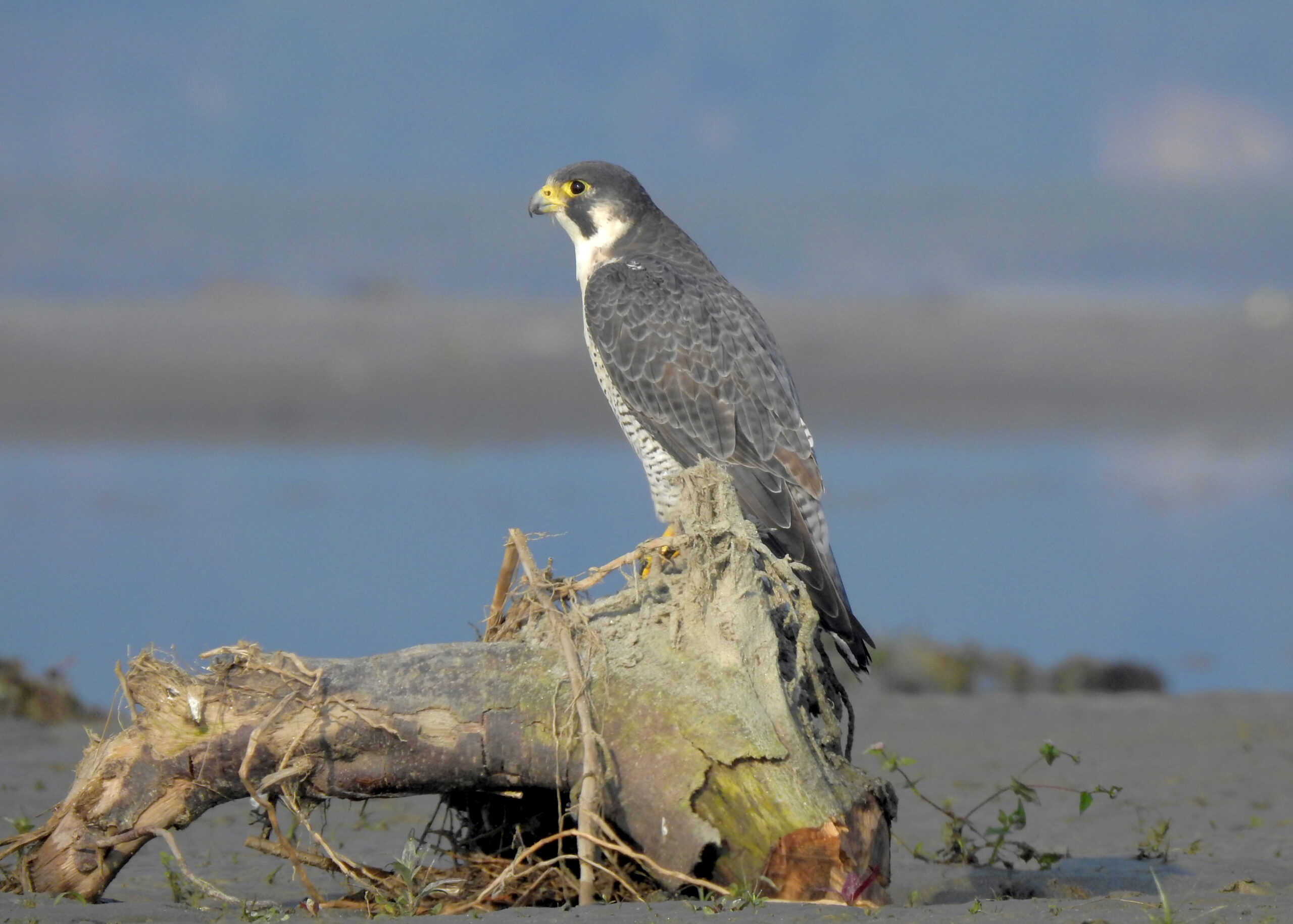Share this article
Severe wildfires give a boost to native bees
The hottest flames may bring the most sting when it comes to native bee numbers, according to researchers in Oregon.
“We basically found that there were both abundant bee communities and abundant bee habitat in severely burned regions,” said Sara Galbraith, a postdoctoral researcher at Oregon State University and lead author of a study published recently in Ecosphere.
Oregon has about 500 species of known native bees, which are important both for healthy ecosystems and for human food security, providing critical pollinating services for crops. Wildfires occur naturally in the state, but they don’t burn all areas with the same severity. Galbraith and her co-authors wanted to see how burn severity might affect the bee diversity of different areas after the flames are out.
They examined the Douglas Complex fires, which burned about 19,000 hectares in 2013 in southwestern Oregon. The researchers returned to a U.S. Bureau of Land Management area burned in the fire three years later, using traps to survey bee populations and gauging the density of flowering plants from spring to late summer for two consecutive years. They also measured some characteristics of nesting habitat, including ground available for ground-nesting bees and the amount of deadwood for cavity-nesting bees.
They found that the most severely burned areas had 20 times more bees compared to the least severely burned areas. These severe areas also had more flowering plants and more diversity of bee species overall.
Galbraith said she believes this is because the severe burns opened up the canopy to let in more sunlight for plants that live closer to the forest floor.
In a forested area like this, severe fire often opens up regions in the canopy and allows more sunlight, while also leaving areas for nesting, Galbraith said.
The researchers were surprised to find about 100 different species — nearly a fifth of all known bee species in the state — in one burned forest area. They said that this research shows that bees play an important role in regenerating early successional forests after big burns.
Studies like this suggest further evidence that natural fire regimes can help wildlife.
“We worked in an area where fire has always been a part of the landscape,” Galbraith said. So it makes sense that like flowers, a lot of these bees are likely adapted to these ecosystems.”
Header Image: A Triepeolus bee on Canada thistle. New research discovered that severely burned areas are good for future bee diversity. ©Jim Rivers, OSU








